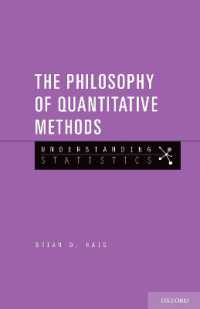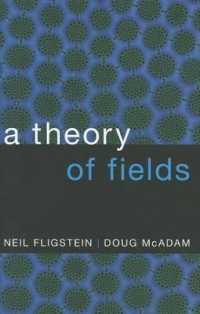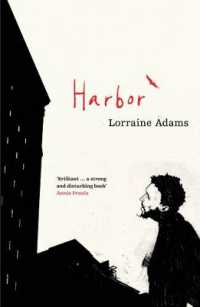Full Description
In the second installment of the Visual Century Collection, the political and artistic search for national identity is explored.
Visual Century: South African Art is a four-volume publication that reappraises South African visual art of the 20th century from a postapartheid perspective. It is the only publication that provides an overview of a century of South African art, with in-depth discussion by leading art historians and reproduction of a large number of artworks, providing readers with fresh perspectives on complexities that still resonate today. The second volume in the Visual Century series discusses how, between the end of the Second World War and the Soweto Uprisings, South Africa was increasingly isolated from the international world by its policies of racial exclusion and extreme social engineering. The threats to the state of internal revolt and external pressure, posed within the broader contexts of decolonization and the Cold War, caused it to adopt severe measures, with significant consequences for the art of the period. This volume then addresses the fertile cultural ambivalences of this period. These include the relationship between Afrikaner nationalism and the emergence of an 'official' South African art, whose central role would come to be challenged by the steady increase in the number of modern black artists and new informal art centers. Also discussed is the impact of white patronage, the responses of migrant workers to rapid change, and artists' responses to the repressive political climate of apartheid, as well as to emerging black nationalism. The allure and impact of European and American art capitals and modernist discourse, for artists at 'home' and in exile, and not least the struggles of black and white artists to define an African identity, is also explored.







